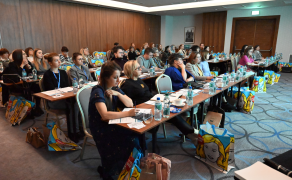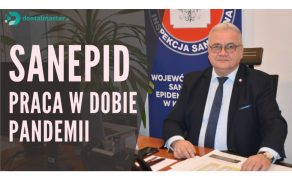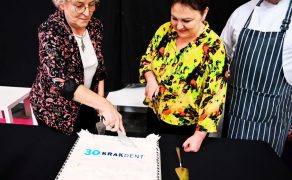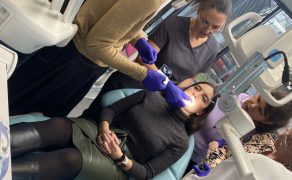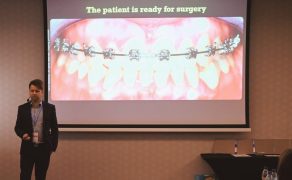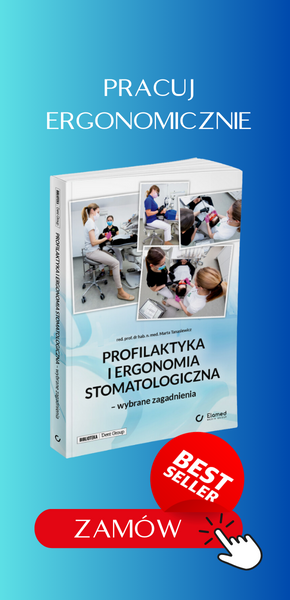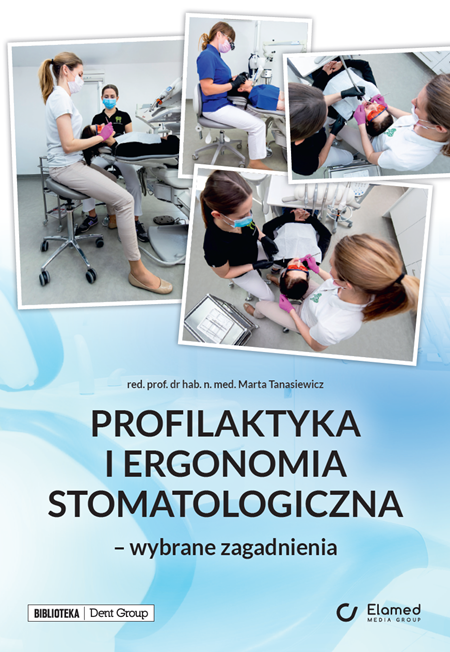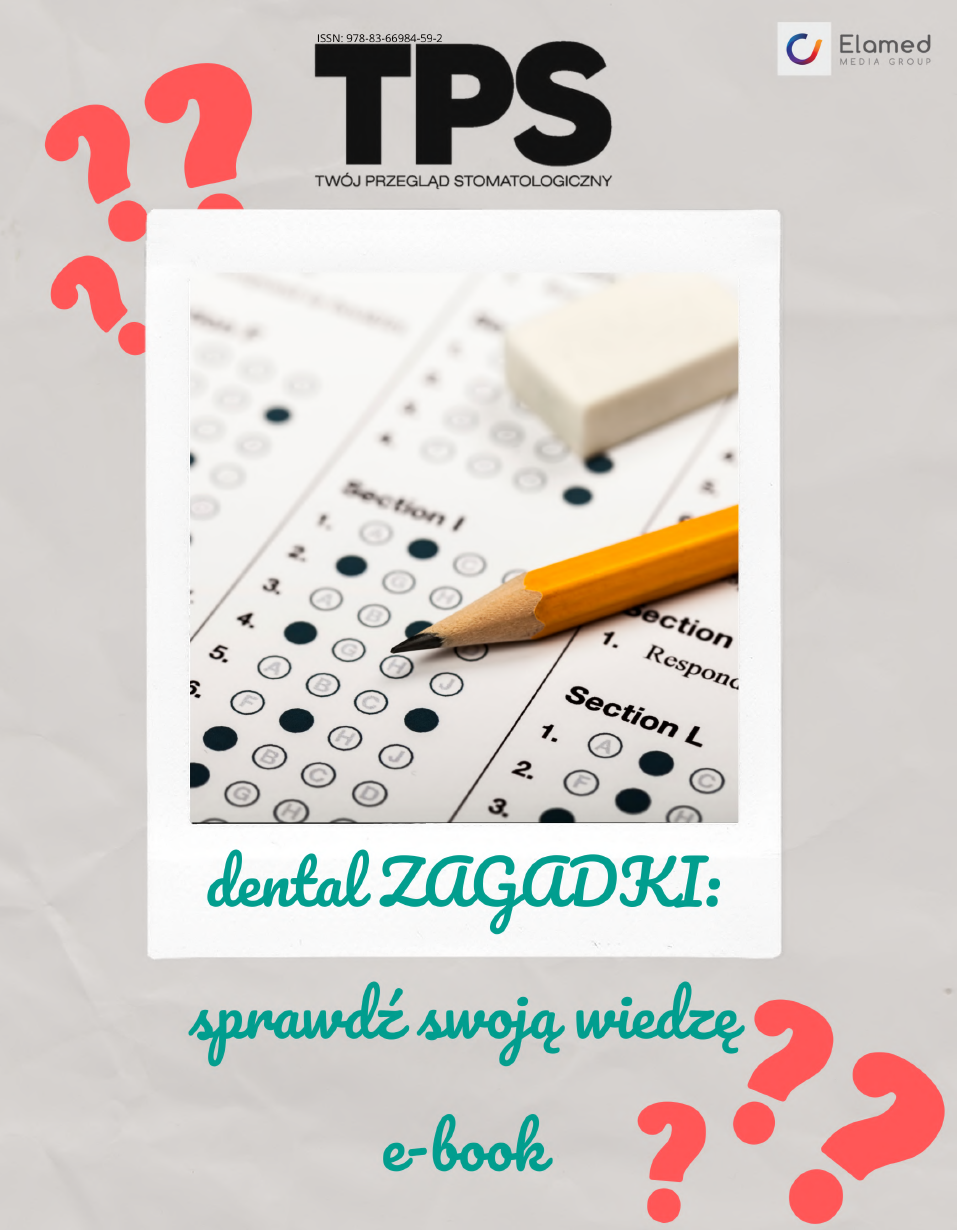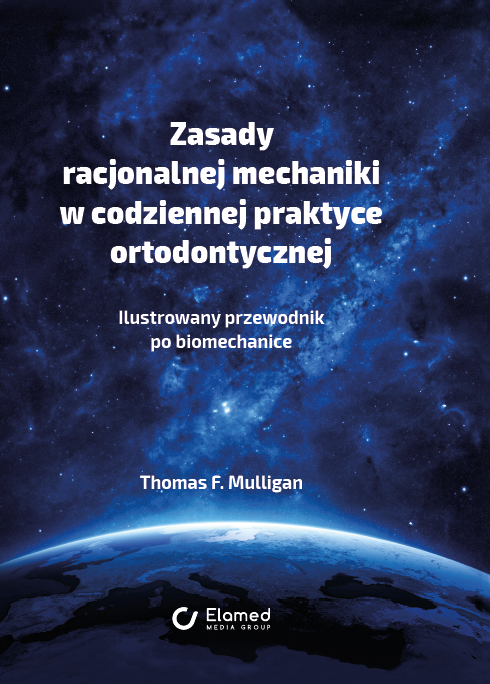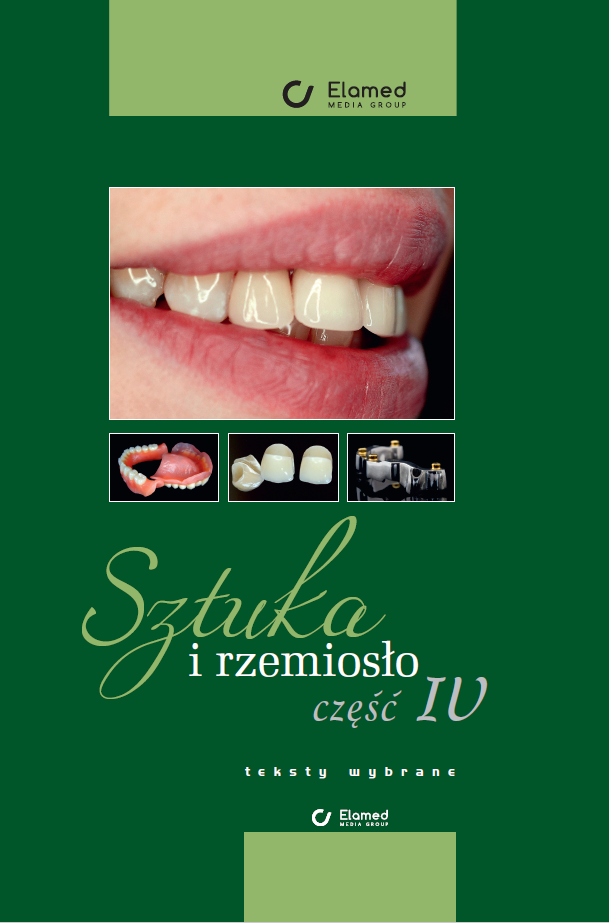Wykorzystanie leczniczych właściwości produktów naturalnych i ziół w stomatologii
Piśmiennictwo
- Lamer-Zarawska E., Kowal-Gierczak B., Niedworok J. (red.): Fitoterapia i leki roślinne. Wyd. Lekarskie PZWL, Warszawa 2007.
- Spyrka A.: Panacea. lip-wrz 2010, 3 (32), 10-12.
- http://www.himavanti.org/pl/c/uzdrawianie/ziololecznictwo-fitoterapia-zielarstwo-rosliny-lecznicze-czyli-ziola-w-terapii-i-leczeniu
- Bomdyal R.S., Shah M.U., Doshi Y.S. et al.: Antibacterial activity of curcumin (turmeric) against periopathogens – An in vitro evaluation. „Journal of Advanced Clinical and Research Insights”, 2017, 4 (6), 175-180.
- Huang L.L., Zhang J., Song T.Z. et al.: Antifungal curcumin promotes chitin accumulation associated with decreased virulence of Sporothrix schenckii. „International Immunopharmacology”, 2016, 34, 263-270.
- Tang W., Du M., Zhang S. et al.: Therapeutic effect of curcumin on oral diseases: A literature review. „Phytotherapy Research.”, 2020, 1-9.
- Sahlan M., Ardiellaputri A.P., Hermasnyah H. et al.: Anti oral biofilm mouthwash nanoemulsion containing extract propolis and curcumin. In AIP Conference Proceedings. AIP Publishing LLC, 2018.
- Chatterjee A., Debnath K., Rao N.K.H.: A comparative evaluation of the efficacy of curcumin and chlorhexidine mouthrinses on clinical inflammatory parameters of gingivitis: a double-blinded randomized controlled clinical study. „J Indian Soc Periodontol.”, 2017, 21 (2), 132-137.
- Singh A., Sridhar R., Shrihatti R. et al.: Evaluation of turmeric chip compared with chlorhexidine chip as a local drug delivery agent in the treatment of chronic periodontitis: a split mouth randomized controlled clinical trial. „J Altern Complement Med.”, 2018, 24 (1), 76-84.
- Kaur S., Sharma R., Sarangal V. et al.: Evaluation of anti-inflammatory effects of systemically administered curcumin, lycopene and piperine as an adjunct to scaling and root planing: a clinical study. „Ayu.”, 2017, 38 (3-4), 117-121.
- Fadus M.C., Lau C., Bikhchandani J. et al.: Curcumin: An age-old anti-inflammatory and anti-neoplastic agent. „Journal of Traditional and Complementary Medicine”, 2017, 7 (3), 339-346.
- Balch P., Balch J.: Prescription for Nutritional Healing. Wyd. Avery Publishing, wyd. 3, 2000, 94.
- http://www.asianonlinerecipes.com/herbs-health/clove-healing-properties.php
- Polskie Towarzystwo Farmaceutyczne, Farmakopea Polska X., Urząd Rejestracji Produktów Leczniczych, Wyrobów Medycznych i Produktów Biobójczych, Warszawa 2014.
- Szewczak M.: Co ma piernik… do dentysty. „Pochodnia”, mar 2010, 3 (870).
- http://pubchem.ncbi.nlm.nih.gov/compound/3314
- Kędzia A., Ziółkowska-Klinkosz M., Kusiak A. et al.: The activity in vitro of cinnamon oil (Oleum Cinnamomi) against yeastlike fungi. „Post Fitoter”, 2015, 1, 16.
- Chaudhari L.K., Jawale B.A., Sharma S. et al.: Antimicrobial activity of commercially available essential oils against Streptococcus mutans. „J Contemp Dent Pract”, 2012, 13, 1, 71.
- Kozłowski Z., Bruziewicz-Mikłaszewska B., Konopka T. et al.: Using a halitometer to verify the symptoms of halitosis. „Adv. Clin. Exp. Med.”, 2007, 16, 411-416.
- Lee P.P., Mak W.Y., Newsome P.: The aetiology and treatment of oral halitosis: an update. „Hong Kong Med. J.”, 2004, 10, 414-418.
- Sieroń R.: Uprawa ziół – dobry pomysł na biznes. „Retrieved April”, 16, 2020 [dostęp online] https://www.sodr.pl/swietokrzyski-portalrolny/aktualnosci/Uprawa-ziol-dobry-pomysl-na-biznes/idn:543#top
- Kędzia A., Ziółkowska-Klinkosz M., Lassmann Ł. et al.: Wrażliwość na olejek tymiankowy (Oleum Thymi) bakterii mikroaerofilnych wyizolowanych z zakażeń jamy ustnej. „Post Fitoter”, 2013, 3, 159.
- Nowak G., Nawrot J.: Surowce roślinne i związki naturalne stosowane w chorobach układu oddechowego. „Herba Polonica”, 2009, 55 (4), 178-213.
- Lis A.: Olejki tymiankowe. „Aromaterapia”, 2003, 9 (3/4), 5-13.
- Jędrzejko K.: Rośliny i surowce aromatyczne. „Aromaterapia”, 2006, 2, 11-16.
- Kulisić, T., Radonić, A., Miloš, M. „ItalJ Food Sci”, 2005, 17 (3), 315-319.
- de Castro R.D., de Souza T.M., Bezerra L.M. et al.: Antifungal activity and mode of action of thymol and its synergism with nystatin against Candida species involved with infections in the oral cavity: an in vitro study. „BMC Complement Alternative Med.”, 2015, 15, 417.
- Kołodziejska J., Berner-Strzelczyk A., Piechota-Urbańska M.: Zastosowanie ekstraktu z tymianku w recepturze hydrożeli stomatologicznych wytworzonych na bazie Carbopoli. „Polimery w Medycynie”, 2009, 39, 2, 31-38.
- Almas K., Dahlan A., Mahmoud A.: Propolis as a natural remedy: An update. „Saudi Dental J”, 2001, 13, 45-9.
- Park Y.K., Alencar S.M., Aguiar C.L.: Botanical origin and chemical composition of Brazilian propolis. „J Agric Food Chem”, 2002, 50, 2502-6.
- Zabaiou N., Fouache A., Trousson A. et al. : Biological properties of propolis extracts: Something new from an ancient product. „Chem Phys Lipids.”, 2017, 207 (Pt B), 214-22.
- Ghisalberti E.L.: Propolis: a review. „Bee World”, 1979, 60, 59-84.
- Burdock G.A.: Review of the biological properties and toxicity of bee propolis (propolis). „Food Chem Toxicol”, 1998, 36, 347-63.
- Felitti R.: Propóleo en Odontología. Usos y aplicaciones. „Actas Odontológicas (Publicación discontinuada)”, 2014, 11 (1), 30-7.
- Koo H., Rosalen P.L., Cury J.A. et al. Effect of a new variety of Apis mellifera propolis on rmutans streptococci. „Curr Microbiol”, 2000, 41,192-6.
- Shalaby H.K., Morsy S.M.: Evaluation of adjunctive effect of daily dietary supplements with omega 3 and propolis to non-surgical periodontal therapy: Randomized Clinical Trial. „Egyptian Dental Journal.”, 2019, 65, 3543-53.
- Gebaraa E.C., Pustiglioni A.N., de Lima L.A. et al.: Propolis extract as an adjuvant to periodontal treatment. „Oral health & preventive dentistry”, 2003, 1 (1), 29-35.
- Martins R.S., Péreira E.S. Jr., Lima S.M. et al.: Effect of commercial ethanol propolis extract on the in vitro growth of Candida albicans collected from HIV-seropositive and HIV-seronegative Brazilian patients with oral candidiasis. „J. Oral Sci.”, 2002, 44 (1), 41-48.
- Santos V.R., Gomes R.T., de Mesquita R.A. et al. : Efficacy of Brazilian propolis gel for the management of denture stomatitis: a pilot study. „Phytother. Res.”, 2008, 22 (11), 1544-1547.
- Parolia A., Thomas M.S., Kundabala M. et al.: Propolis and its potential uses in oral health. „International Journal of Medicine and Medical Sciences”, 2010, 2 (7), 210-215.
- Nejat S., Pirbaluti A.G., Yazdani M. et al.: In Vivo Antifungal Activity of Some Medical Herbs and Propolis against Fungal pathogens Associated with Ringworm. International Conference on Chemical, Environmental and Biological Sciences (CEBS-2015) 2015, March 18-19, Dubai (UAE).
- Ikeno K., Ikeno T., Miyazawa C.: Effects of Propolis on Dental Caries in Rats. „Caries Res”, 1991, 25, 347-51.
- Ruspita I.: The effect of propolis toward glucosyltransferase enzym activity and the growth of Streptococci mutans. Thesis, Yogyakarta: Pascasarjana Universitas Gadjah Mada; 2001.
- Chung F.L., Schwartz J., Herzog C.R. et al.: Tea and cancer prevention: studies in animals and humans. „J Nutr”, 2003, 133 (10), 3268S-74S.
- Venkateswara B., Sirisha K., Chava V.K.: Green tea extract for periodontal health. „J Indian Soc Periodontol”, 2011, 15, 18.
- Nugala B., Namasi A., Emmadi P. et al.: Role of green tea as antioxidant in periodontal disease: the Asian paradox. „J Indian Soc Periodontol”, 2012, 16, 313.
- Ning Y., Ling J., Wu C.D.: Synergistic effects of tea catechin epigallocatechin gallate and antimycotics against oral Candida species. „Arch Oral Biol”, 2015, 60, 1565.
- Jędrzejko K.: Zarys wiedzy o roślinach leczniczych. Śląski Uniwersytet Medyczny, Katowice 1997.
- Kohlmünzer S.: Farmakognozja. Wyd. Lekarskie PZWL, Warszawa 1993.
- Pawłowicz J.: Rola roślin w stomatologii. Cz. II. „Wiad Ziel”, 1992, 34 (2), 11-12.
- Koo H., Gomes B.P., Rosalen P.L. et al.: In vitro antimicrobial activity of propolis and Arnica montana against oral pathogens. „Arch Oral Biol”, 2000, 45 (2), 141-8.
- Willuhn G.: Arnica montana L. – Porträt einer Arzneipflanze. „Pharm Ztg”, 1991, 136, 2453-68.
- ESCOP Monographs. European Scientific Cooperative in Phytotherapy. Arnicae flos. Wyd. 2, Thieme, New York 2003, 43-7.
- Kalemba D.: Przeciwbakteryjne i przeciwgrzybicze właściwości olejków eterycznych. „Post. Mikrobiol.”, 1998, 38, 185-203.
- Yousef R.T., Taiwil G.: Antimicrobial Activity of Volatile Oils. „Pharmazie.”, 1980, 11, 698-701.
- Baricevic D., Sosa S., Della-Loggia R. et al.: Topical anti-inflammatory activity of Salvia officinalis L. leaves: the relevance of ursolic acid. „J. Ethnop.”, 2001, 75, 123-132.
- Kędzia A.: Działanie Dentoseptu na bakterie beztlenowe wyizolowane z kieszonek dziąsłowych. „Czas. Stomat.”, 2000, LIII, 479-484.
- Lutomski J.: Fascynacja czosnkiem – wczoraj i dziś. „Post Fitoter”, 2001, 5, 4.
- Ross Z.M., O´Gara E.A., Hill D.J. et al.: Antimicrobial properties of garlic oil against human enteric bacteria: evaluation of methodologies and comparison with garlic oil sulfides and garlic powder. „App Environ Microbiol”, 2001, 67, 475.
- Kim J.W., Kyung K.H.: Antiyeast activity of heated garlic in the absence of alliinase enzyme action. „J Food Sci”, 2003, 68, 5, 1766.
- Mayer T., Pioch T., Duschner H. et al.: Dentinal adhesion and histomorphology of two dentinal bonding agents under the influence of eugenol. „Quintessence Int”, 1997, 28, 57-62.
- Singh O., Khanam Z., Srivastava M.K.: Chamomile (Matricaria chamomilla L.): An overview. „Pharmacogn Rev”, 2011, 5, 82-95.
- Pirzad A., Alyari M.R., Shaliba S. et al. „J Agron.”, 2006, 5, 451-455.
- Tassou C.C., Drosinos E.H., Nychas G.J. „J Appl Bacteriol”, 1995, 78, 593-60.
- Samber N., Khan A., Varma A. et al. „Pharm Biol.”, 2015, 53, 601-611.
- Eacles R., Jaward M.S., Morris S.: The effect of oral administration of (–) menthol on nasal resistance to airflow and nasal sensation of airflow in subject surfering from nasal congestation associated with the common col. „J. Pharm. Pharmacol.”, 1990, 42, 652-654.
- Sharma N., Charles C.H., Lunch M.C. et al.: Adjunctive benefit of an essential oil-containing mouthrinse in reducing plaque and gingivitis in patients who brush and floss regularly. A six-month study. „J. Am. Dent. Assoc.”, 2004, 135, 496-504.
- Woźniak M., Ostrowska K., Szymański Ł. et al.: Aktywność przeciwrodnikowa ekstraktów szałwii i rozmarynu. „Żywność. Nauk. Technologia. Jakość”, 2009, 4 (65), 133-141.
- Miura K., Kikuzaki H., Nakatani N.: Apianane terpenoids from Salvia officinalis. „Phytochemistry”, 2001, 58, 1171-1175.
- Rodrigues M.R., Kanazawa L.K., das Neves T.L. et al.: Antinociceptive and anti-inflammatory potential of extract and isolated compounds from the leaves of Salvia officinalis in mice. „Ethnopharmacol”, 2012, 139, 519-526.
- https://myecobrush.pl/blog/naturalne-plukanki-w-higienie-jamy-ustnej
- Matławska I.: Farmakognozja. Wyd. Uniwersytetu Medycznego w Poznaniu, Poznań 2005.
Mogą zainteresować Cię również
Ortodoncja w praktyce
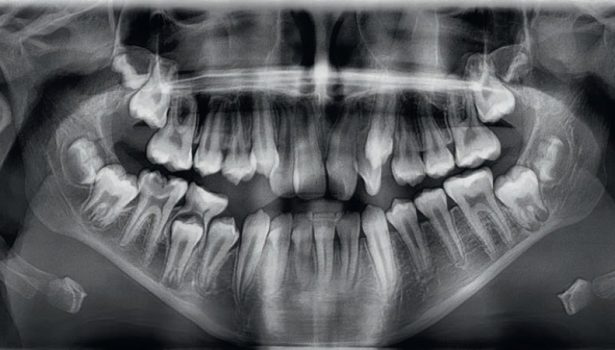
Zastosowanie śruby wachlarzowej do szybkiej ekspansji podniebienia w odcinku przednim – opis przypadku
Zwężenie górnego łuku zębowego jest jednym z najczęstszych problemów, jakie lekarz ortodonta napotyka w swojej praktyce. Nieprawidłowość ta nierzadko dotyczy jedynie przedniego odcinka szczęki, przy zachowanej prawidłowej szerokości w zakresie zęb...
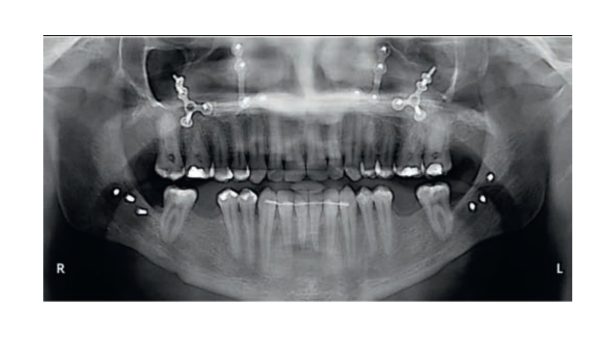
Łączne leczenie ortodontyczne i chirurgiczne ciężkiej wady zgryzu klasy III ze zgryzem krzyżowym przednim i tylnym
W niniejszej pracy kazuistycznej przedstawiono przypadek dorosłego pacjenta z ciężką szkieletową wadą zgryzu klasy III, z ewidentnym niedorozwojem szczęki i nadmiernie rozwiniętą żuchwą, co powodowało zgryz krzyżowy przedni i tylny, a także przesu...
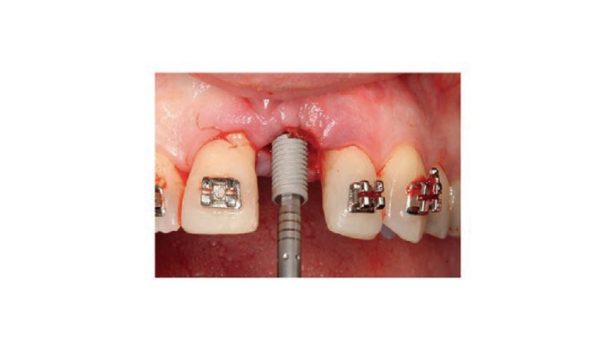
Optymalizacja estetyki szczęki w przypadku poważnie zniszczonego zęba z wykorzystaniem ruchu ortodontycznego i implantów zębowych
Celem niniejszej pracy jest przedstawienie leczenia urazowego uszkodzenia lewego centralnego zęba siecznego szczęki poprzez odbudowę wału dziąsłowego, przeprowadzenie ruchu ortodontycznego i wszczepienie implantu.

























